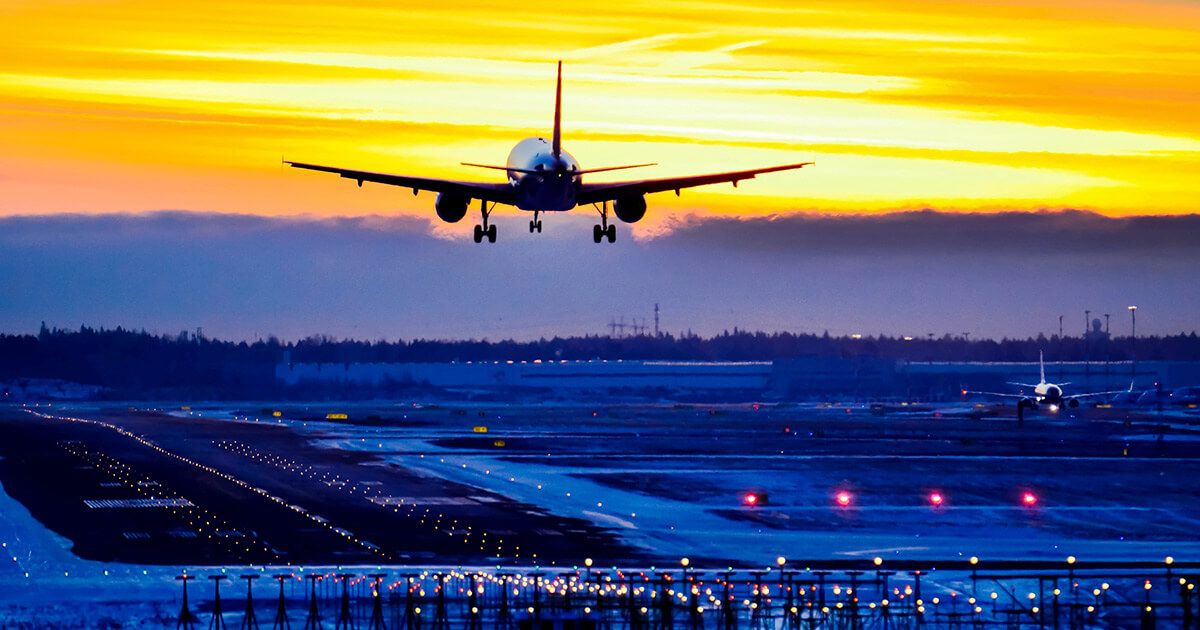In this article you will read:
Aviation Law
1. Introduction
Aviation law is one of the relatively new fields of law that determines the rules of aircraft passage and traffic, airport regulations, the right to fly and control aircraft, and air operation regulations. Along with maritime law, aviation law is one of the overlapping areas of international law, where public law provisions are more important. In general, it can be said that the rules related to airports, the right to fly, and the guidance of aircraft in the airspace of countries are among the main issues of aviation law. There are several important treaties and legal documents in the field of aviation law, which have been the source of the formation of some important international organizations such as ICAO. In the following, we will give a brief description of the evolution of this specific field of international law.
2. Paris Convention
The role and importance of warplanes and the airplane industry in general during the First World War led the victors of the war to set up a treaty in this field that regulates the relations of the superior countries in the field of using international airspace. The result of this was the signing of the Paris Convention by 27 countries in July 1922. The Paris Convention, which is referred to as the first important international treaty in the aviation industry, recognized important points such as the principle of the sovereignty of countries, passage in the high seas, and the acceptance of the principle of harmless passage of civilian aircraft. Later, the number of countries that joined this Convention increased to 53 countries, and important reforms were also made to provide the interests of more countries.
You might also be interested in:
3. Chicago Convention
The International Civil Aviation Treaty, known as the Chicago Convention, is another important document in the field of aviation law. The Chicago Convention was formed in 1944 and was compiled in 96 articles in 22 chapters and a protocol. This treaty led to the establishment of the International Civil Aviation Organization (ICAO) and is particularly important in this regard. Currently, 200 countries are members of the Chicago Convention. Iran also joined this Convention in 1950 with the approval of the Parliament. The signing of the Chicago Convention followed by the formation of the ICAO has led to organizing cargo and passenger transportation at the international level. Any individual or legal person who wants to undertake the transportation of cargo and passengers must obtain the necessary permits based on the rules and regulations announced by the aviation organization of the same country. After going through the legal procedures, the necessary certificates are issued, which can be renewed every year.
The Chicago Convention raises important issues in its first to fifth articles, including: respect for the territorial sovereignty of countries; Prohibiting the flight and landing of government planes over other countries and territories without obtaining prior permission; Prohibition of using firearms against civilian aircraft; Prohibiting the misuse of national aircraft for purposes other than those specified in the Chicago Convention; and the right to fly outside the schedule, subject to receive permission to fly for certain routes.

4. International Civil Aviation Organization (ICAO)
The International Civil Aviation Organization or ICAO, which is headquartered in Montreal, Canada, is one of the specialized organizations of the United Nations that works towards the unification of aviation regulations and somehow manages airlines around the world. According to ICAO rules, airplanes are divided into two types: national and state. In general, non-government airplanes that perform international flights are considered national airplanes. Despite this, there are many ambiguities in the definition of government planes and sometimes it is difficult to distinguish them from national planes.
5. International Air Transport Association (IATA)
The Chicago Convention was not very efficient in defining many concepts and responding to economic issues surrounding the status of international aviation regulations. For this reason, international airlines decided to respond to the ambiguities in the Chicago Convention by establishing the International Air Transport Association (IATA) in 1945. IATA was established with the aim of facilitating and coordinating more between airlines and governments. One of the important tasks of this Association was to determine the airline rates and notify the countries for approval in the domestic parliaments. The purpose of this rate determination was to prevent unhealthy competition and provide maximum benefit to customers. IATA’s success in organizing the economic issues in aviation rights made IATA play an effective role in concluding many international contracts and agreements. In fact, international airlines prefer to leave the determination of flight rates to IATA. However, the structural problems and the lack of coordination of the policies of the member states have also made this Association to face challenges in pursuing its predetermined goals.




No comment